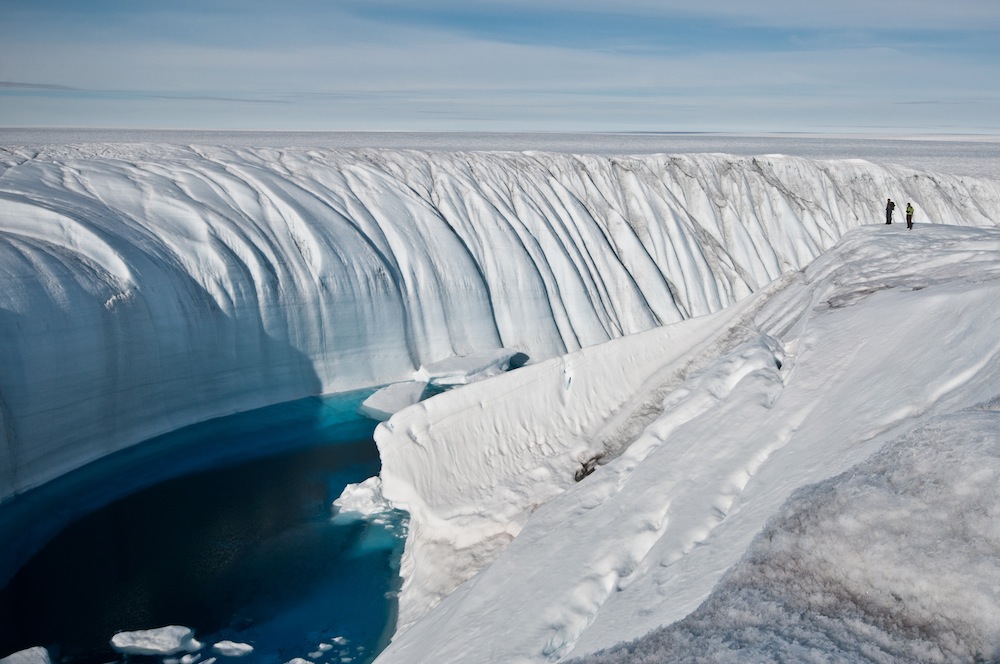20-Year-Old Report Successfully Predicted Warming: Scientists

Time has proven that even 22 years ago climate scientists understood the dynamics behind global warming well enough to accurately predict warming, says an analysis that compares predictions in 1990 with 20 years of temperature records.
After an adjustment to account for natural fluctuations, the predictions and the observed increases matched up, the current research found.
The predictions in question come from the first climate assessment report issued by the Intergovernmental Panel on Climate Change (IPCC) in 1990. The IPCC is an internationally accepted scientific authority on climate change, drawing on the expertise of thousands of scientists, so its reports carry special weight. The most recent assessment report came out in 2007.
The accuracy of the 1990 predictions is notable because scientists, 22 years ago, relied on much more simplistic computer models than those now used to simulate the future, said one of the researchers behind the current analysis, Dáithí Stone, now a research scientist at Lawrence Berkeley National Laboratory. He worked on the analysis while at the University of Cape Town and University of Oxford.
What's more, two decades ago, scientists could not have anticipated a number of potentially climate-altering events. These included the volcanic eruption of Mt. Pinatubo in 1991, which spewed sunlight-blocking particles into the atmosphere, as well as the collapse of industry in the Soviet Union or the economic growth of China, Stone and David Frame, of Victoria University Wellington in New Zealand, write in work published online today (Dec. 9) in the journal Nature Climate Change.
But 22 years ago, scientists understood one crucial factor:
"The prediction basically depended on how much carbon dioxide was already in the atmosphere, and that has been what's important," Stone said. [The Reality of Climate Change: 10 Myths Busted]
Get the world’s most fascinating discoveries delivered straight to your inbox.
What matters is the accumulation of carbon dioxide in the atmosphere since the Industrial Revolution; short-term changes in emissions have relatively little effect on overall warming, Frame and Stone write.
Other climate scientists have come to the same conclusion; one recent paper warned significant emissions cuts must happen soon to limit warming to a manageable level.
The 1990 report offered a best estimate of an increase of 2 degrees Fahrenheit (1.1 degrees Celsius) by 2030, which at the halfway point in 2010, translates to warming of 1 degree F (0.55 degrees C).
Stone and Frame compared this expected increase to two sets of temperature records for 1990 through 2010, which showed increases of 0.63 degrees F (0.35 degrees C) and 0.7 degrees F (0.39 degrees C), respectively.
The 1990 prediction did require an adjustment, since it did not take into account natural variability — which includes the chaotic nature of weather as well as longer-term natural patterns, such as the El Niño/La Niña cycle.
When Frame and Stone took natural variability into account, they found that the observed warming was consistent with the IPCC's best estimate for warming.
Follow LiveScience on Twitter@livescience. We're also on Facebook & Google+.



